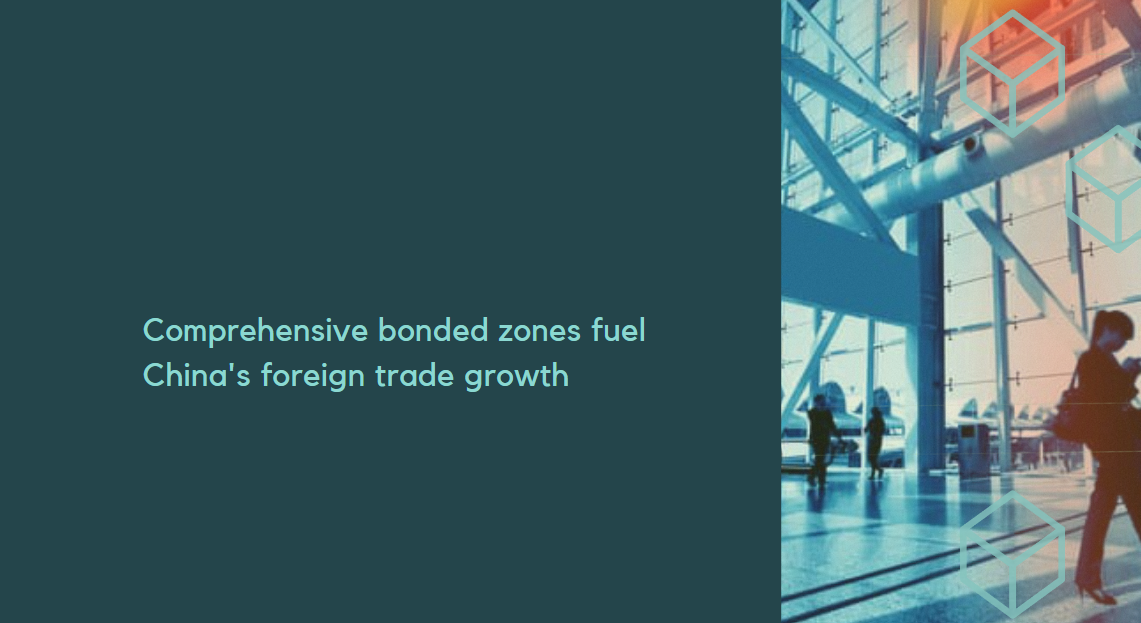Asia's Payment Revolution: China's Cross-Border Connectivity
In the dynamic landscape of global finance, China is pioneering a revolution in cross-border payments, reshaping financial ties across Asia. Recent initiatives have enhanced transaction efficiency and security, fostering deeper economic connections with neighbors. This article explores these advancements, their driving policies, and their impact on international business.
China-Malaysia: A Harmonious Duet of Cross-Border Connectivity
China and Malaysia have set a benchmark for regional payment collaboration. The NetUnion Clearing Corporation's interconnection with Malaysia's PayNet has enabled 13 PayNet member institutions to access China's market, offering Malaysian visitors a seamless payment experience.
In 2024, cross-border transactions via NetUnion involving Malaysian users hit 14.75 million, totaling nearly 2.8 billion yuan, marking a threefold year-on-year increase. Cities like Shanghai, Beijing, and Guangzhou emerged as popular destinations, driving demand for efficient cross-border payments. Models like "outward card binding" have been crucial in accommodating diverse payment preferences.
Cambodia-China: Strengthening Bonds Through Financial Integration
China and Cambodia's financial collaboration reflects their robust trade and investment ties. In Q1 2025, cross-border RMB transactions reached 5 billion yuan, up 45% year-on-year. China has been Cambodia's largest trade partner and foreign investor for 13 years.
The 2023 RMB clearing arrangement in Cambodia, with the Bank of China's Phnom Penh branch as the clearing bank, has facilitated RMB usage for cross-border settlements. QR code payment interoperability between UnionPay and Cambodia's KHQR allows users to transact across borders conveniently, promoting local currency use and reducing exchange rate risks.
China-Indonesia: Paving the Way for a Unified QR Code Ecosystem
China and Indonesia are exploring a "quadruple model" to promote QR code payment interoperability. This collaboration, supported by both central banks, aims to enhance the payment experience for tourists and businesses.
Chinese tourists can use apps like Cloud QuickPass and Alipay at Indonesia's QRIS-enabled merchants, while Indonesian users will soon pay at UnionPay and Alipay QR code merchants in China. With about 34 million QRIS-enabled merchants in Indonesia, this opens a vast market for Chinese users. This partnership also implies payment system standardization, reducing costs and enhancing security.
Vietnam-China: A New Era of QR Code Payment Interoperability
China and Vietnam's latest agreement on cross-border QR code payments signifies regional financial integration. ICBC, UnionPay International, the National Payment Corporation of Vietnam, and the Bank for Foreign Trade of Vietnam have enabled interoperability between their QR code systems.
Chinese consumers can now pay at VietQR-enabled Vietnamese merchants via UnionPay-affiliated wallets, and Vietnamese consumers can transact at UnionPay QR code merchants in China through VietQR wallets. This facilitates cross-border trade and tourism, promoting local currency settlements and financial infrastructure connectivity.
Implications for International Stakeholders: Navigating Opportunities and Challenges
For international businesses and financial institutions, these developments offer opportunities and challenges. Enhanced payment infrastructure reduces costs, accelerates settlements, and mitigates currency risks, making regional trade and investment more attractive. Financial institutions can leverage these advancements to offer innovative solutions, boosting their global competitiveness.
However, navigating the evolving regulatory landscape and ensuring compliance with local payment standards require careful attention. Businesses must adapt to diverse consumer payment preferences while maintaining robust risk management. Financial institutions need to invest in technology and partnerships to stay ahead in the changing payment ecosystem.
In conclusion, China's cross-border payment initiatives with its Asian neighbors mark a new era of financial collaboration. By embracing innovation and partnerships, China is transforming its payment landscape and contributing to the global evolution of cross-border systems. Understanding these developments is essential for international stakeholders in today's interconnected world.




















































First, please LoginComment After ~